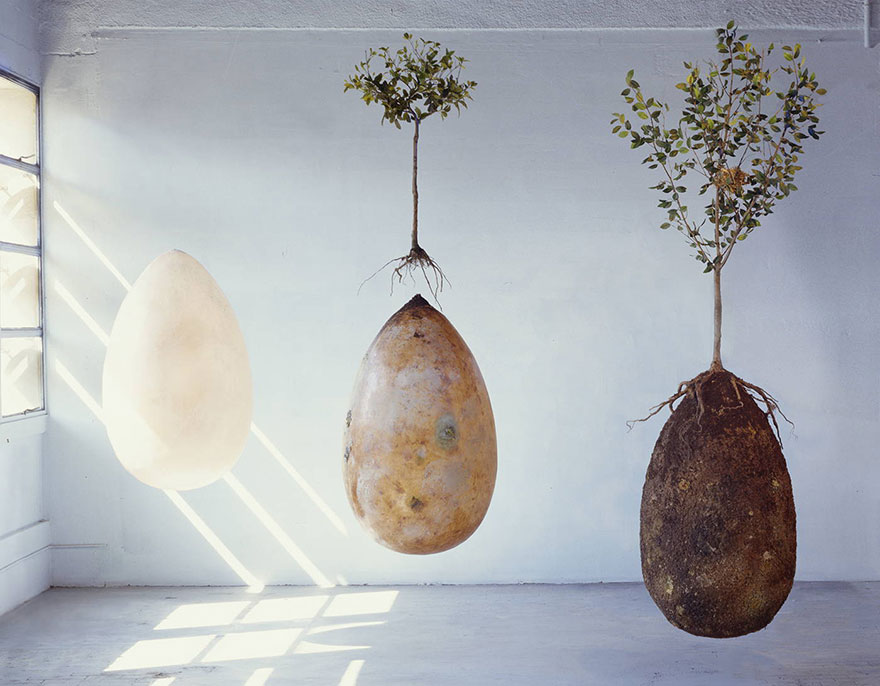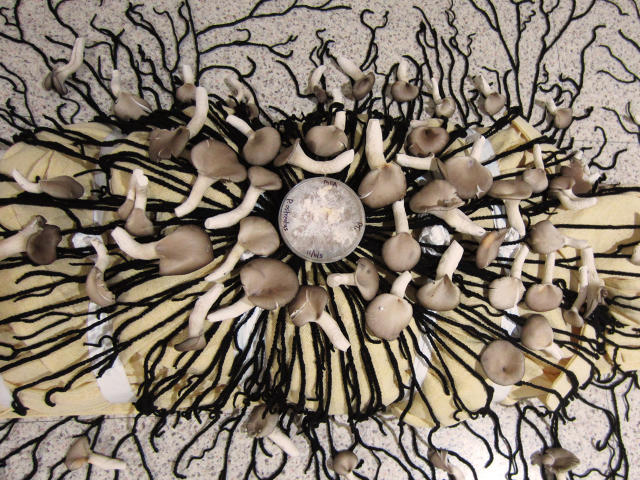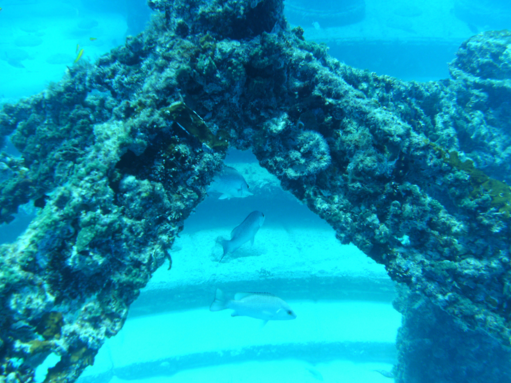Who thinks about generating new life as a part of death? In Western cultures, the most common methods for burial are traditional burial and cremation. We don’t tend to think of these methods as strange because we are so used to them, but in reality, they are harmful to the environment.
Embalming, a process associated with most traditional burials, is done to produce a more natural look at a wake. It is done by injecting a formaldehyde solution into a vein while draining blood out of the body. This process may also include stuffing various parts of the body with cotton or gluing the eyes shut, which is purely cosmetic and has no environmental or health benefits.
Each year, 800,000 gallons of embalming fluid are used in America. The formaldehyde in the fluid is known to cause cancer. This can seep into soil and thus affect the surrounding habitat.
The unnatural state of the body in burial is one problem, but another is the amount of resources poured in every year to create caskets that are not easily biodegradable. Cremation is not much better for the environment; the process releases toxins like hydrochloric acid and dioxin into the atmosphere, which have the potential to corrupt the climate.
So what’s an environmentally-conscious (and potentially very hipster) college student who is slowly crawling towards the inevitable void of death to do?
Science has come a long way to give us new and exciting ways to visualize burial, and although many of these methods are still in early stages, they are likely to become the norm.
We have researched 3 up-and-coming alternatives to burial and cremation that will not only satisfy your need to maintain your aesthetic in the afterlife, but will also actively help make the world around you a better and more beautiful place, long after you are gone.
Become a tree

Photo courtesy of earthporm.com
Nothing says “peaceful sanctuary” like a concrete slab, right? Wouldn’t you rather the people you leave behind come to a beautiful forest, to a specific tree that not only symbolizes you, but uses your very body to exist?
Companies like Capsula Mundi and Bios Urn make this dream a reality not too far off. The science behind these pods, which cradle ashes or human bodies in the fetal position, takes its roots (pun intended) from the science of plant growth.
The pods are constructed from biodegradable material and buried as a “seed in the earth.” Hypothetically, the family would be in charge of watering and caring for it until it becomes a tree.
Capsula Mundi is still in its start-up phase and Bios Urn is newly on the official market, but the concept has gathered a strong following in recent years. We’re looking forward to the possibility of becoming fruit trees — new meaning to the phrase “I’d die for an avocado right now.”
Sport a mushroom suit

Photo courtesy of fastcompany.net
Trees not your thing? Are you more of a fun-guy? (Pun also intended). Look no further than the Infinity Burial Project, more colloquially known as the “Mushroom Death Suit,” a project spearheaded by Jae Rhim Lee, an artist and MIT research fellow.
The suit, which will be available for purchase later in 2016, is made from biodegradable materials and built in “biomix.” The biomix contains two types of mushrooms as well as other organisms to help break down the body and neutralize bodily toxins, turning them into catalysts for fungal life.
Lee gave a TED talk on her innovative Mushroom Burial Suit in 2011 that explained the need to neutralize the toxic chemicals that build up in our bodies over a lifetime, as mushrooms naturally filter toxins.
Science has come so far, we can now become food. How insanely cool is that?
Turn ashes into a coral reef

Photo courtesy of neptunesociety.com
We’ve all heard the saying: “Ashes to ashes, dust to dust.”
But what if our ashes could become more than just dust? Companies like The Neptune Society and Eternal Reefs have generated a more creative option for those seeking closer contact with the sea in death, and it’s not just scattering ashes into the waves.
Ashes are churned into a cement solution — the pieces are poured and set to create memorials that become home and highway to thousands of fish and other sea life.
The Memorial Reef from The Neptune Society is an EPA-approved undersea sanctuary for sea life off the coast of Florida. It’s described as a “representation of the Lost City of Atlantis” that spans several acres of the ocean floor.
Eternal Reefs, also set off the coast of Florida, describes their aim to memorialize loved ones through a combination of burial at sea, ash scattering, and cremation urns in one meaningful tribute to life, using “environmentally safe cast concrete” to fashion their creations.
This option is limiting because the companies are mainly in Florida (hey, it’s a good excuse for a family vacation, right?), but overall it is a beautiful idea for a tribute to a loved one who loves the sea. And who wouldn’t want to be surrounded by wildlife 24/7, finding your soul at peace at the bottom of the ocean?
While they may not yet be perfected, these alternate options to traditional burial are well on their way to becoming more commonplace. Aside from how awesome it would be to become a tree, a host for mushrooms, or a coral reef, it’s even cooler to know how much of a difference your body can make on the environment, even after your time is up.


